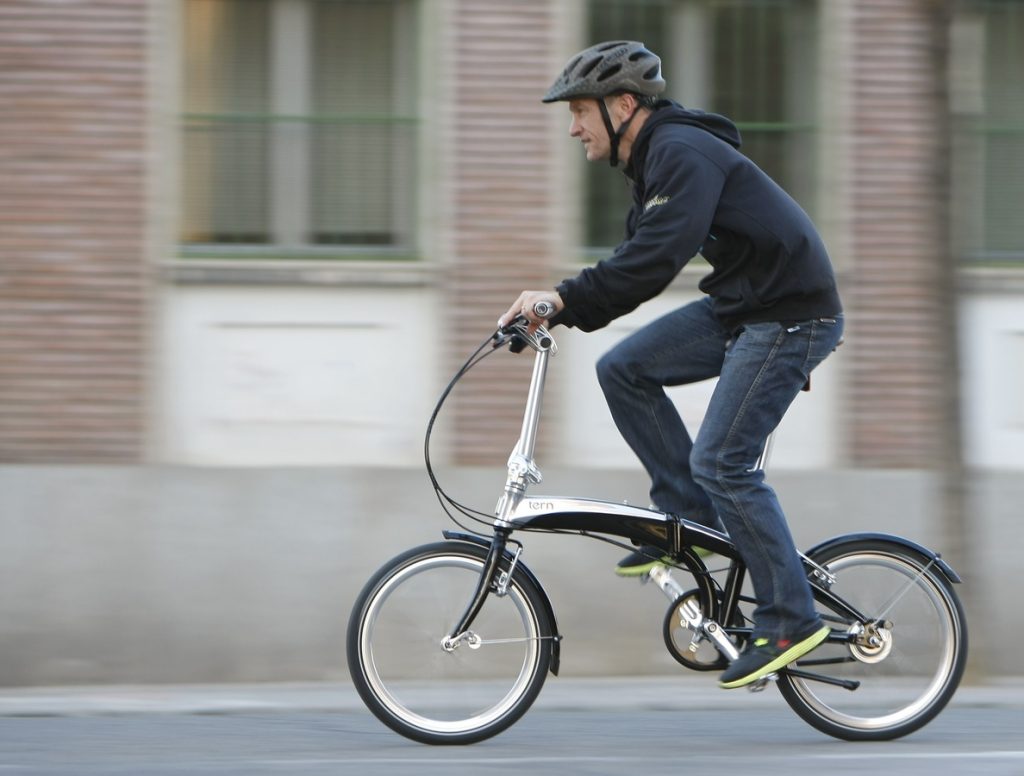Keeping your commuter bike’s tires pumped to the right PSI for your weight and route makes pedalling less of a chore. But with so many factors at play, how can you determine the ideal pressure? As fellow bike commuters, we’ve experimented with psi levels across various conditions and equipment to find those sweet spots.
In this handy guide aimed at commuters, we explain how tire width, rider weight, and ride surface all play into the equation. Read on for pro tips on achieving prime performance from your daily rider!
Matching Tire Width to Pressure
Wider tires require lower inflation than narrower ones while still reducing the risk of pinch flats and impacts. Here is an at-a-glance view:
| Tire Width | Rider < 80 kg/180 lbs | Rider > 80 kg/180 lbs |
| 32-47mm | 45-65 psi | 55-80 psi |
| 25-32mm | 60-80 psi | 75-100 psi |
| 19-25mm | 80-110 psi | 100-125 psi |
Use the lower end of the range for bumpier commutes with off-road sections. Taller, heavier riders should aim for higher pressures.


Recommended PSI by Bike Type
Hybrid/City Bikes: 55-85 psi for 700 x 32-47c tires
Road/Gravel Bikes: 70-100 psi for 700 x 23-28c tires
E-bikes: Inflate within 10-20 psi of max rating on tire sidewall
The needs of commuters typically fall somewhere between road and mountain bike setups. Favour slightly lower pressures for stability and shock absorption over high speeds for less rolling resistance.
Fine-Tuning Pressure for Conditions
Bumpier routes with debris and cracks warrant 10-15% lower pressures for more cushioning, while very smooth asphalt means you can push closer to maximum psi. Cold winter temps may also necessitate an extra 5 psi boost to maintain ride feel.
Investing in a quality floor pump with gauge takes the guesswork out of achieving your commuter bike’s preferred PSI. Take test rides adjusting pressure 5 psi at a time to dial in handling. A finely calibrated tire pressure unlocks your commute’s full potential! Let us know if you have any other questions.
Impact of Tire Pressure on Commuting Efficiency


Understanding how tire pressure affects your bike’s efficiency is crucial for a comfortable and effective commute. The right tire pressure can significantly reduce rolling resistance, making your ride smoother and less physically demanding. Conversely, incorrect tire pressure not only affects your riding comfort but can also increase the effort required to pedal. Here’s a list to consider for optimising commuting efficiency:
- Lower Rolling Resistance: Higher pressure in tires generally reduces rolling resistance, making it easier to maintain speed.
- Comfort vs. Efficiency: Lower pressures may offer more comfort on bumpy roads but can increase resistance, requiring more pedalling effort.
- Tire Wear: Consistently correct tire pressure ensures even tire wear, prolonging the life of your tires.
- Energy Conservation: Optimal pressure allows for better energy conservation, as less effort is required to keep the bike moving.
Seasonal Adjustments to Tire Pressure
Tire pressure can be affected by temperature changes, making seasonal adjustments necessary for maintaining optimal performance. As temperatures drop, air in tires contracts, often necessitating an increase in pressure, while warmer temperatures might require a decrease. Keeping an eye on these changes ensures your bike performs consistently throughout the year. Here are key points to remember:
- Winter Adjustments: In colder temperatures, consider adding 5-10 psi above your normal range to compensate for air contraction.
- Summer Adjustments: During hot weather, monitor tire pressure closely as increased air volume might require a slight decrease in psi.
- Regular Checks: Change in seasons is a good reminder to check and adjust tire pressure regularly.
- Adapting to Weather Conditions: Adjust pressure based on rain, snow, or dry conditions for better traction and control.


Mastering Tire Pressure for an Optimal Commute
As you can see, mastering the art of tire pressure is more than just a maintenance routine; it’s a critical component of your daily commute that can greatly affect your cycling experience. From ensuring your tires are inflated to the ideal psi for your weight and bike type, to making adjustments for seasonal changes, understanding these nuances will help you ride more efficiently, comfortably, and safely.
Remember, while this guide serves as a great starting point, every cyclist and commute is unique. We encourage you to experiment with different pressures to find what works best for you and your route. And, investing in a good quality pump with a reliable gauge will make these adjustments much easier and more precise.
For more insights on enhancing your biking experience, don’t forget to explore other articles on our blog. Whether you’re looking for advice on gear, maintenance tips, or ways to improve your cycling performance, we have a wealth of information to help you make the most out of your daily rides.

